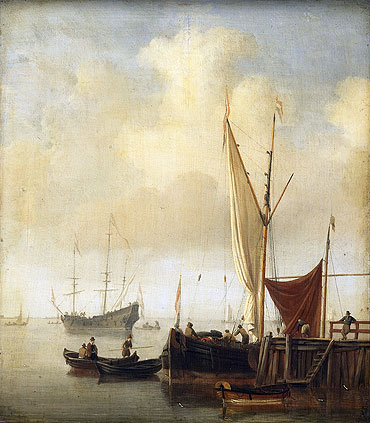What Is The Infield Fly Rule?
Jul 20
Well, that’s a very simple question question. Here’s your answer, according to rule 2.00 of the Major League Baseball rule book.
An INFIELD FLY is a fair fly ball (not including a line drive nor an attempted bunt) which can be caught by an infielder with ordinary effort, when first and second, or first, second and third bases are occupied, before two are out. The pitcher, catcher and any outfielder who stations himself in the infield on the play shall be considered infielders for the purpose of this rule.
When it seems apparent that a batted ball will be an Infield Fly, the umpire shall immediately declare “Infield Fly” for the benefit of the runners. If the ball is near the baselines, the umpire shall declare “Infield Fly, if Fair.”
The ball is alive and runners may advance at the risk of the ball being caught, or retouch and advance after the ball is touched, the same as on any fly ball. If the hit becomes a foul ball, it is treated the same as any foul.
If a declared Infield Fly is allowed to fall untouched to the ground, and bounces foul before passing first or third base, it is a foul ball. If a declared Infield Fly falls untouched to the ground outside the baseline, and bounces fair before passing first or third base, it is an Infield Fly.
Rule 2.00 (Infield Fly) Comment: On the infield fly rule the umpire is to rule whether the ball could ordinarily have been handled by an infielder—not by some arbitrary limitation such as the grass, or the base lines. The umpire must rule also that a ball is an infield fly, even if handled by an outfielder, if, in the umpire’s judgment, the ball could have been as easily handled by an infielder. The infield fly is in no sense to be considered an appeal play. The umpire’s judgment must govern, and the decision should be made immediately.
When an infield fly rule is called, runners may advance at their own risk. If on an infield fly rule, the infielder intentionally drops a fair ball, the ball remains in play despite the provisions of Rule 6.05(l). The infield fly rule takes precedence.
Got it? No?
The basic gist of the rule is that an infielder cannot allow a ball to drop in order to gain an advantage. If an infield fly is called, the batter is automatically out, and the runners can advance at their own risk (but normally just return to their base).
So then , why does the rule exist? Imagine if the bases were loaded with nobody out and there was a lazy pop fly to the third baseman. If the ball is caught, the runners must return to their base. If the ball is not caught, the runners must run to the next base. Generally, the runners are going to stay near their base. If the third baseman were to let the ball drop, he could step on third base for a force out, throw to second base for another, and have the second baseman throw to first base for the final out. If the runners suspect that he’s going to do this, they could cheat toward the next base … but then they would have time to get back to their base if the fielder catches the ball. It’s a real catch-22, and the infield fly rule attempts to level the playing field.
A few things to note about the rule:
- The fly ball does not have to be on the infield, but rather is a fly ball “which can be caught by an infielder with ordinary effort“. This means that balls that are a few steps onto the outfield grass are included. Even if the outfielder actually makes the play, the ball may be considered an infield fly if an infielder could have caught the ball with ordinary effort. Foul pop flies that are caught are also governed by the infield fly rule.
- It’s also important to note the phrase “ordinary effort“. If the infielder would have to race halfway across the diamond and dive to make a spectacular catch, this is not an infield fly.
- The ball is still live after an infield fly is declared. If an infield fly is declared and the infielder accidentally kicks the ball into the outfield, the runners can run the bases at their own risk.
I’m a fan of the rule – without it, anarchy would exist. Remember the play near the end of the All Star game where David Ortiz was thrown out at second base because he didn’t know if Marlon Byrd was going to make the catch? Without the infield fly rule, infielders can create this sorts of situations on a regular basis (the Byrd/Ortiz play itself would not have been an infield fly, for a variety of reasons). Truly, the infield fly rule is the greatest thing since sliced bread.
Want to learn more about the rules of Major League Baseball? Grab a copy of the official rule book.
 Major League Baseball Official Rules |
 |
 RSS
RSS